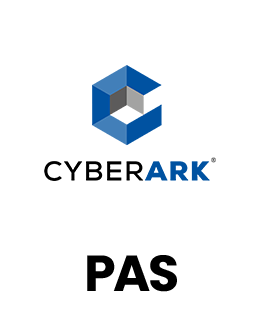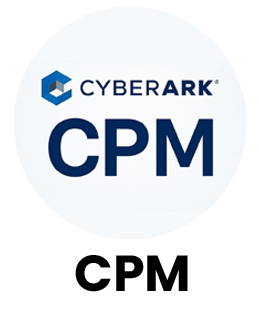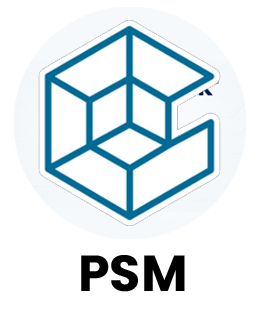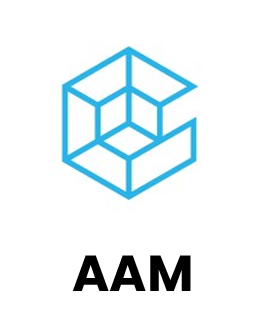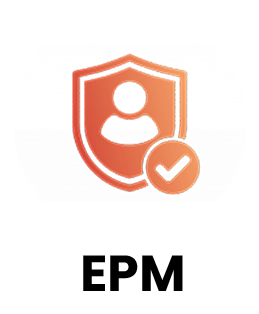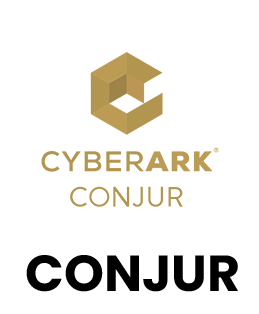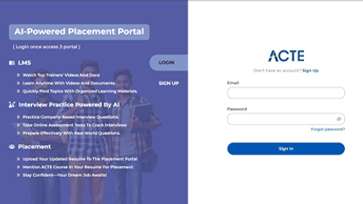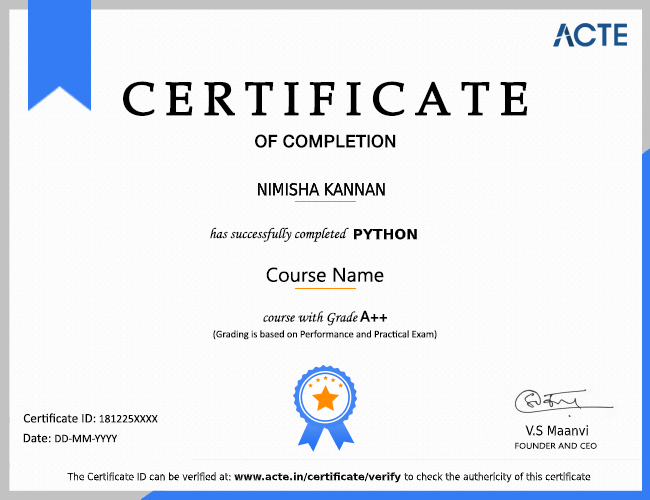1. What is Privileged Access Management (PAM)?
Ans:
Privileged Access Management (PAM) is the process of controlling and monitoring access to an organization’s critical systems and privileged accounts. It minimizes unauthorized access, enhances accountability, and ensures compliance. PAM involves credential vaulting, session monitoring, and enforcing access policies to secure privileged operations.
2. How do Password Vaulting and Session Monitoring differ?
Ans:
Password Vaulting securely stores privileged credentials in the CyberArk Vault and automates password rotations. Session Monitoring, on the other hand, records and tracks privileged user activities for auditing and compliance. Vaulting focuses on protecting credentials, while session monitoring ensures visibility and accountability.
3. What is a CyberArk Vault?
Ans:
The CyberArk Vault is a highly secure, encrypted repository used to store privileged passwords, keys, and secrets. It ensures that only authorized users or systems can access sensitive credentials. The Vault also supports audit logs, automated rotations, and seamless integration with enterprise applications for secure operations.
4. What distinguishes a privileged account from a regular account?
Ans:
Privileged accounts have elevated permissions that allow them to configure, manage, or access critical systems, applications, and databases. Regular accounts have standard user-level permissions. Privileged accounts require stricter monitoring, rotation, and access control to prevent misuse and security breaches.
5. What are CPM (Central Policy Manager) and PVWA (Password Vault Web Access)?
Ans:
The Central Policy Manager (CPM) automates password rotation, management, and compliance enforcement. The Password Vault Web Access (PVWA) provides a secure web interface for administrators and users to access, request, or manage credentials. Together, they simplify and automate Privileged Access Management operations.
6. What is a CyberArk trigger?
Ans:
A Trigger in CyberArk is an automated response mechanism that executes actions when specific events occur, such as password changes, session starts, or access requests. Triggers help enforce policies, send alerts, and initiate scripts without manual input, improving efficiency and compliance.
7. What is the difference between a Safe and a Vault?
Ans:
The Vault is the encrypted system that stores all privileged credentials in CyberArk. A Safe is a logical container within the Vault that groups related credentials based on departments, applications, or policies. Safes make it easier to manage permissions, organize accounts, and apply security controls.
8. What does a policy in CyberArk accomplish?
Ans:
A Policy in CyberArk defines password rules, rotation intervals, access permissions, and session monitoring parameters. Policies ensure consistent security enforcement across all privileged accounts, reduce operational risks, and help maintain regulatory compliance.
9. What is a CyberArk session recording?
Ans:
Session Recording captures privileged user activities in real time, creating a complete audit trail. It allows administrators to replay sessions, identify suspicious actions, and respond quickly to potential security incidents enhancing transparency and compliance.
10. What distinguishes manual account management from automated account management in CyberArk?
Ans:
Manual account management relies on administrators to manually reset passwords, manage access, and track activity. Automated account management, powered by CyberArk’s CPM and PVWA, handles these tasks automatically, rotating credentials, enforcing policies, and monitoring sessions minimizing human error and strengthening security.

